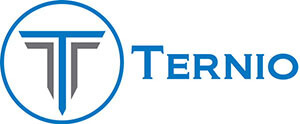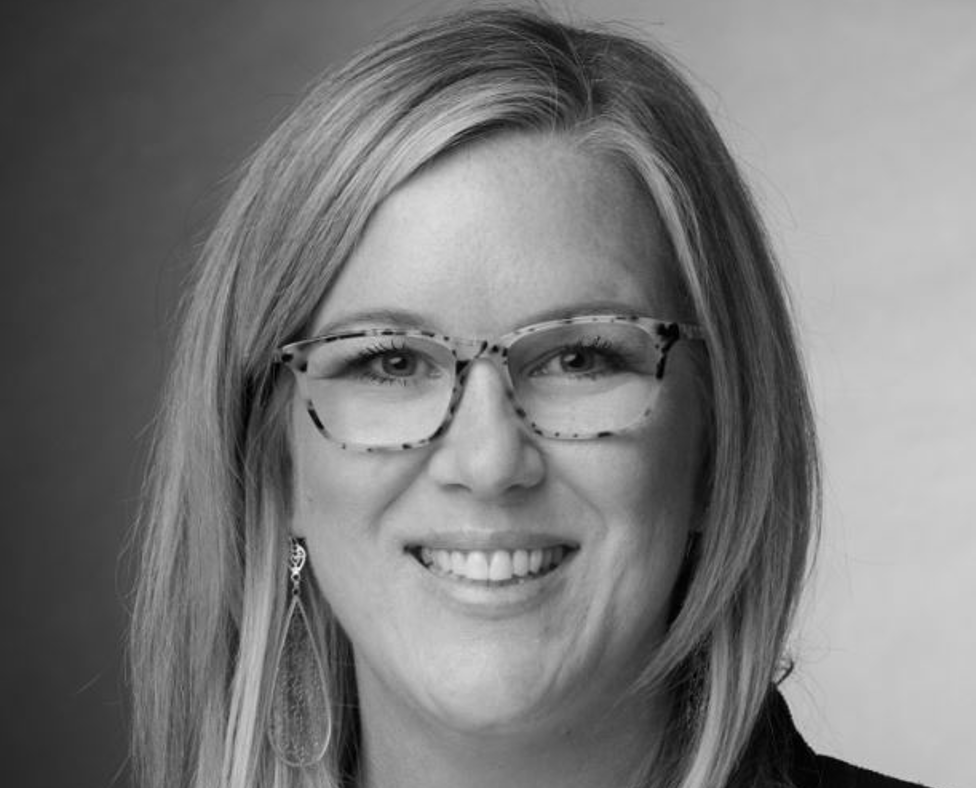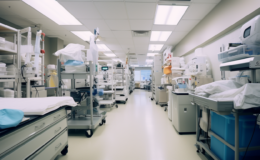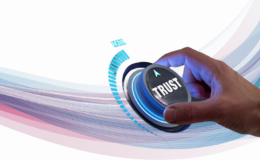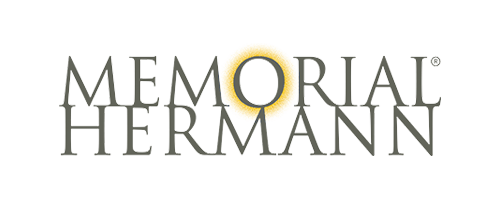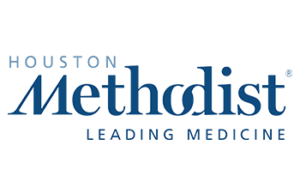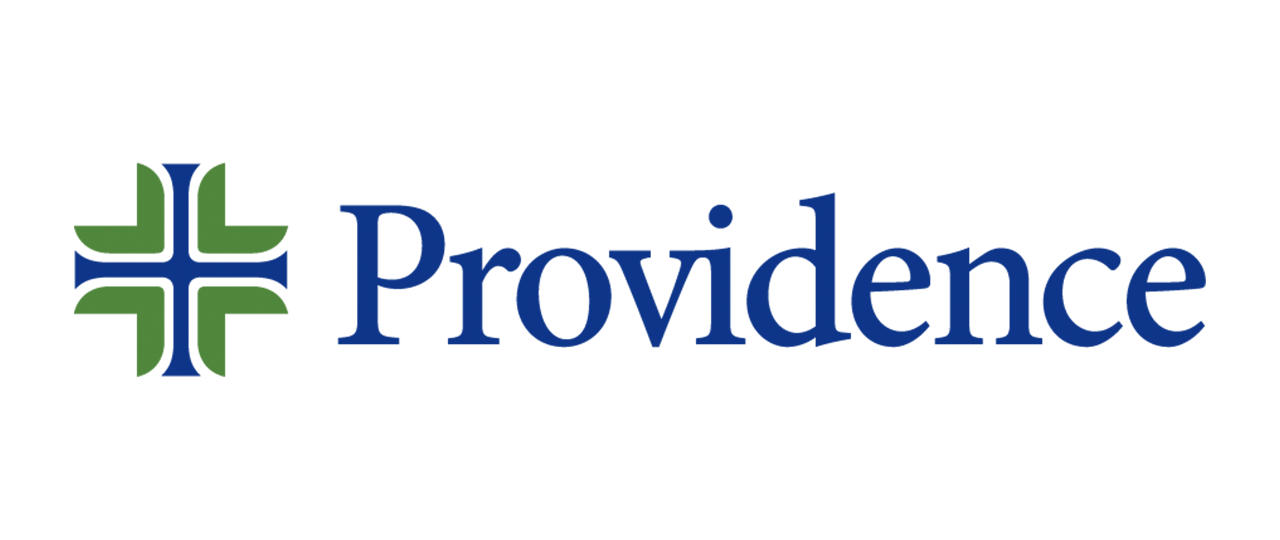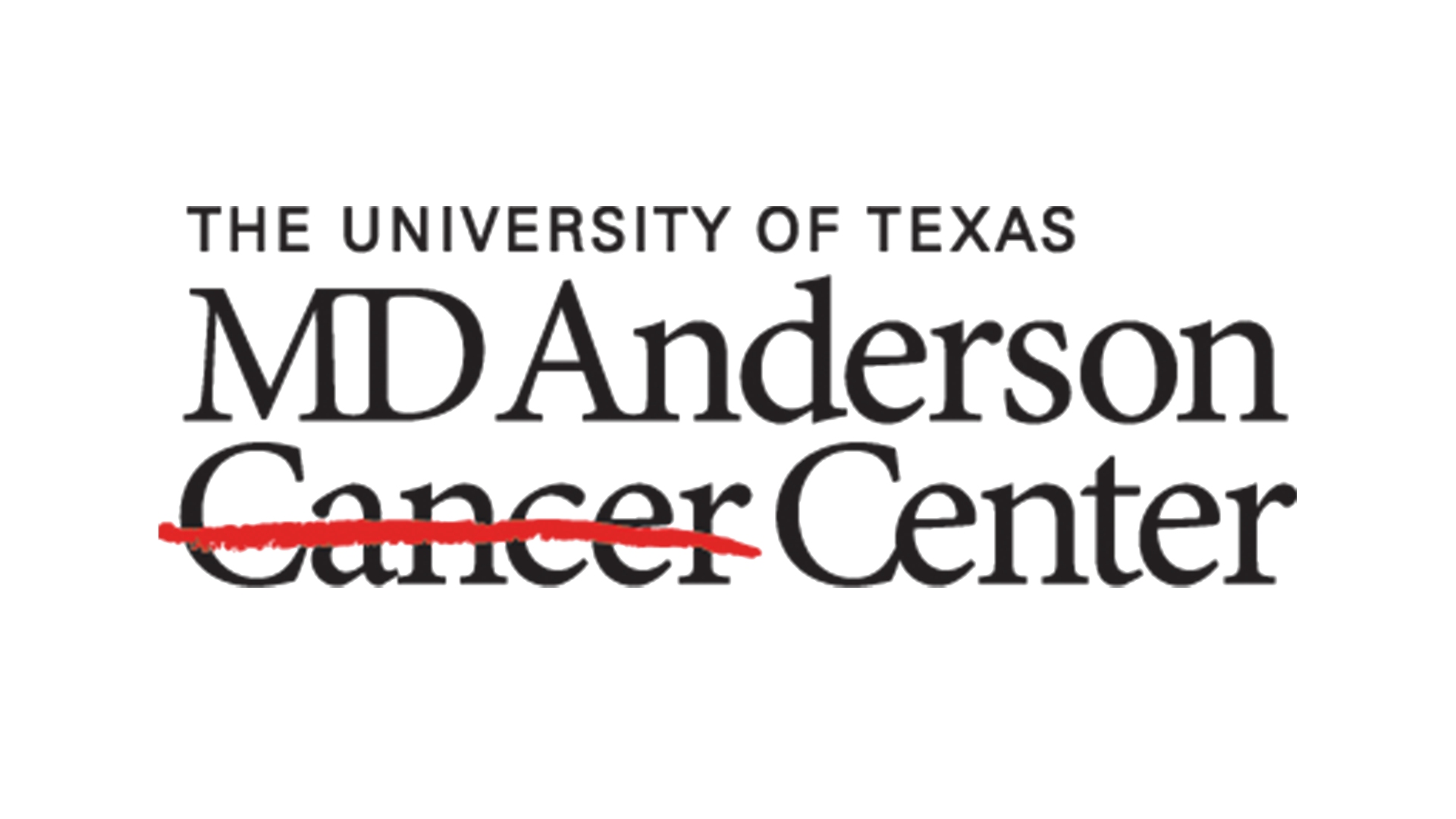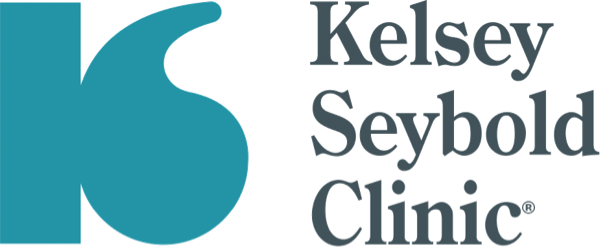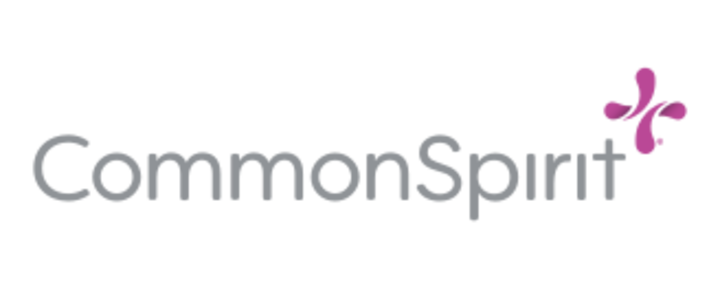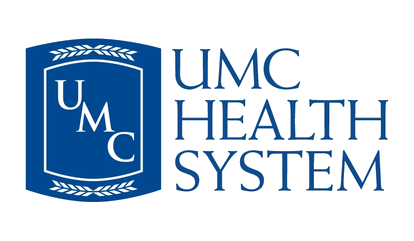Expert Insights features conversations with healthcare professionals on topics related to innovations, challenges, and opportunities in the rapidly changing field of healthcare supply chain management.
Our guest for this episode is Kimberly Haines, Perioperative Clinical Programs Manager at Medline.
Ms. Haines shares her views and insights regarding clinical labor issues, the loss of institutional knowledge, efforts to reduce surgical site infections, the foundational importance of preference card management, and how data and technology will improve patient care.
The transcript and video have been lightly edited for clarity and brevity.
Ternio News: My guest for Expert Insights is Kimberly Haines. Kimberly, you are the Perioperative Clinical Programs Manager for Medline… Is that correct?
Kimberly Haines: That’s correct. Yeah. My background has been in perioperative nursing, going on 30 years now. And so, having 10 years working in health care directly, I’ve spent the last 20 years really focused on the business side of the health care industry and looking at ways that we can continue to work with health care systems, to strengthen our ability to support them through various clinical and logistical-type initiatives.
Ternio: That sounds like a job with fairly large responsibilities. How long have you been in that position?
Kim: I’ve been with Medline for 20 years, but for the focus, specifically in this position we’ve really been working on this over the last 5 years. You know, as we continue to see pressure building up in the perioperative area, where they’re really trying to deal with a lot of different computing priorities, whether it’s clinical initiatives or logistical initiatives. As an organization, we really wanted to come together and find different ways that we can partner with health systems and really build bridges and ways to help strengthen the challenges that they’re facing and bringing them different solutions that can really solve some of those really complex problems.
Ternio: Among that constellation of solutions that help solve those problems, one of the items is, of course, preference card management. Can you speak a little bit more directly about that, and explain to me why you think there’s been so much focus of attention today on preference card management?
Kim: Yeah, preference cards have been an age-old problem. We’ve known that it’s a difficult and daunting challenge. And a lot of that has stemmed from just the time dedicated for clinicians to take out of their busy schedules to really go back and make sure that preference cards are accurately matching that clinical practice or the changes that occur through the evolution of practice change, with surgeons, new products, new ways to work on certain procedures. So, I think the challenge has always been time-focused around making sure that preference cards really match what that supply-demand looks like. From a clinical perspective, clinicians typically want to make sure that they have what they need when they need it, right? So, you think about all those scenarios that you run into with being in the middle of a surgery and to search, and wanting a specific item, and it not being at your fingertips. So now you got to run out of the room or call down to another area for somebody to run that item to you. That process is very disruptive. So a lot of times clinicians really want to make sure that they have supplies accessible at all times and at their fingertips.
Ternio: That scenario you just described — I mean, every time somebody has to leave the room, to retrieve something that should have been there — that introduces another element of risk in the procedure, correct?
Kim: Yeah, it really becomes multi-dimensional. So, it’s obviously disruptive to the procedure, right? You’ve got the clinician who has to leave the room, who’s now not focused on the patient, right? They’re running and they’re chasing a supply, and then they’re also opening the door. One of the key elements that we’re learning as surgical site Infections continue to evolve is that air quality plays a big role, into putting patients at risk for surgical site infections. So every time they change the pressures in the room, with door opening and traffic coming in and out of that room, it also puts a risk on the patient.
Ternio: It seems as though better preference card management should be therefore an increasing focus of attention. Why do you think that better preference card management systems — employing some new technology — have not been implemented at some hospitals? What’s holding them back?
Kim: Yeah, I think, you know, we’ve learned a lot through this pandemic. Healthcare systems have historically leaned on humans to really be the opportunity to fix problems. Over the years we had — every time we found a process problem within the system, we put the band-aid on it with a human being. And we know now through this pandemic that labor has been one of our biggest stressors, as it relates to you know, having enough people to really be able to function in full capacity coming out of the pandemic. So, I think one of the things we’re really finding is in today’s market is, the humans are no longer accessible, and the other piece, I think we’re finding is that the periop area probably has your biggest spend — your biggest dollars of inventory — and so a lot more focus is going on this area to say, “Where can we remove inventory, cut costs, look at ways that we could be more efficient within the perioperative space?” And inventory and supply management typically are coming, you know, to the top of the focus within this area. But preference cards are your foundation, right? So, they build the supply demand for supply management teams to really function well within the perioperative setting. When those cards are not accurate, that’s building a supply-demand that is very difficult for that team to really manage. I think there’s a lot of focus in this area, probably for a couple a couple of reasons: A, it’s how do we be more efficient? How do we utilize our staff more efficiently? And how do we build that better supply-demand platform?
Ternio: Now, are most of your hospital clients — do they have good tools to track the waste and the increased risk that they may have if they don’t have a better preference card management solution in place? I mean, how do they calculate an ROI on the implementation of something like PrefConnect?
Kim: A lot of health systems have a lot of different data points. Right? They’ve got different systems that tell them how much inventory they’re buying, what they’re using…
And then they’ve got their electronic health records that are there to document what is used in the procedure. And I think what the missing elements, really for health systems are, how do we take all those complex data points, and how do we synthesize them in a way that gives that clinician directional targeted feedback that says, “Here’s what we’re seeing in the data trends, and this will help you make a better decision on whether this supply really makes sense to stay on a card, or whether the quantity could come down.” And I think that’s the confidence that the clinicians need in order to make those decisions. A lot of times when they’re asked or tasked to review them, they’re looking at a static piece of paper, right? And so, when you just look at a static piece of paper, and you don’t have all those other data points around you., you default to what I call an emotional decision. You’re going to make that decision based on what maybe you remember as a worst-case scenario. “Oh, I remember, in that procedure, we needed this supply, and therefore you know that particular doctor was not happy, that we didn’t have it accessible.” So, their decision-making ability defaults to emotion versus data-driven and giving them that strength that they need to feel confident about what changes do they really want to make on those cards.
Ternio: And I would think that the current intersection of the labor problem that you mentioned and this historical reliance on anecdotal memory and emotional decision-making — that could create a problem in today’s labor market, because with traveling nurses and so forth you may not have that institutional memory in place in for that particular procedure. I mean, that person making that decision may not even have any memory of that, because they may be somebody new that was just brought in.
“We have had the luxury for many, many decades, of having a really strong institutional knowledge really across our healthcare system, and we’re now seeing that fractured.”
Kim: We see that across the country as a building, additional problem that’s occurring. That institutional knowledge is so valuable and when it’s not documented in a place that is reliable and accurate, as you’re bringing in those travelers — those outside workers — they need a roadmap to know how to function within their, you know, role and responsibilities, and that’s broken, right? They are really stressed and taxed with trying to figure out, how do I do my job in an effective way, knowing what I need in terms of my roadmap to really support me through this procedure. And that’s what we’re seeing is probably what’s really coming to the surface around the importance of making sure that your preference cards are accurate. We have had the luxury for many, many decades, of having a really strong institutional knowledge really across our healthcare system, and we’re now seeing that fractured. Now, we need to really rebuild in a way that’s going to give them that confidence that they have what they need to be able to do their job well.
Ternio: What do you see for the future with regard to outsourcing and traveling nurses, and so forth? Do you see this as a long-term trend? Or do you see hospitals somehow reinventing themselves so they can regain that institutional knowledge — they can clinical employees for longer periods of time? How do you see it playing out?
Kim: I think the trends that we’re seeing is going to probably be a bit of both, right? I think there’s a huge opportunity to really think through and rebuild some of the processes that maybe we have been heavily reliant on people for, moving towards technology. Right? So how can technology be a little bit of that ability to as that platform that allows clinicians to do what they were trained to do? Which is take care of patients, right? So, I think we’re going to see a little bit of that transition. I think we’re going to continue to see labor challenges. You know, we’ve known about the labor challenges for years going into the 2025 era, and it just got accelerated through the pandemic. We knew we were going to be hitting an age group where many of our nurses who have those decades’ worth of institutional knowledge are going to be retiring. And we have not had enough backfill in the schools and through the different training, you know, health care training programs to really bring in that next level to support this next phase of health care. So, I think there’s we’re going to see a blend. I think it’s going to be, you know, how do we onboard new technology to really support the functions that will allow clinical people to focus on patients.
Ternio: It would seem that the labor issues that we’ve been talking about also kind of complicate the adoption and implementation of technology solutions to address the problem. So, you’ve got kind of, in many situations, a “Catch-22” situation. You need the technology solution to obviously provide better patient care, and greater efficiencies for the hospital, but you don’t have the people sometimes that are there in place to implement those things. How do you — at Medline — how do you address that quandary?
Kim: You spelled it out very well. I think that is a little bit of the challenge. Having the people to work with within the institution, to make sure that we can onboard this in an effective way. We, as a solutions arm of our service, we do have clinicians that we bring on-site and work alongside different healthcare systems to really support them through that transition. How do we help them become sustainable through this process? Sometimes really requires us to utilize our clinicians or our support mechanisms, to make sure that we are implementing it in a way that the customer can learn, and adapt, and then we can turn over the keys to the car so that they can continue to drive.
Ternio: Now, preference cards are only one aspect of the whole hospital supply chain, but they are foundational, as you mentioned earlier. What are some of the other ways that Medline can help?
Kim: When we think about data, and we think about that, you know, strengthening that sense of supply security between you know, clinical and supply management, I think that then we start relying on the data, right? The data starts to tell us a story. And I think where we can continue to evolve to, is looking at ways that we can streamline both clinical practice, by looking at maybe best practice outcomes, and looking at what supply utilization looks like within that best practice outcomes. So being able to use the data not only just to managers, supplies, or have a better demand fulfillment, right, but also looking at the clinical connections. So, if we notice that we see spikes in surgical site infections, or we notice that we’ve seen a trend in other you know healthcare-acquired condition categories, maybe we can use the data to help look at what were the practice trends… what [was] that supply mix utilization? And how do we get to that root cause of what could be opportunities for us to improve practice? And you know, when we look at reducing that care variation — that’s where I think we’re going to really evolve as a healthcare organization into that next level of quality care. Making sure that we’re really using best evidence supporting best practices, and really challenging ourselves to re-look at the way that we do things. But using data is really going to help paint that picture for us and help move us forward in those conversations
Ternio: What impact have you seen on the culture of those organizations? Have you seen improvements in trust, security, and teamwork, as a result?
Kim: Yeah, I actually think it’s been a great transformation. I think it’s the bridge we’ve been all looking for right, so a lot of times, when something goes wrong in a case, we’re always pointing fingers. You know it was supply chain’s problem or it’s clinical’s problem. And so, how do we build that more connected bridge together to work together? And I think clinicians, especially through the pandemic, have now learned how important supply chain is. Right? Because that has been the biggest stressor for pretty much every health system not just in the country, but in the world. And so how do we make sure we build a better communication path is really going to continue to strengthen that. And I think clinicians are not trained in supply management. So, they really don’t know the difficulties in the complexities that go into supply management and so I think we’ve always taken for granted that we just need to get what we need to get, but we really don’t know how those supplies end up getting to us. And so taking a step back and learning some of those supply chain aspects that come into play to make the clinical team function as well as they function, I think has really opened all of our eyes to the process. So, I think bringing clinical teams in to really understand those processes is going to continue to strengthen that relationship between the supply chain and clinical, and really continue to build that stronger supply security between the 2 teams.
Ternio: What advice would you give to hospitals that have yet to implement preference card management technology?
Kim: Don’t wait. We have seen this over the past couple of years, where people are hesitant to spend money on technology. Technology [adoption] has been slower within the healthcare arena, anyway. But don’t wait. It’s a low investment for huge outcomes. Once you start seeing how powerful the data helps drive better decisions, better communication, and better connection between the supply chain and clinical, you’ll be amazed at where this is going to take you… where it’s going to take your organization. But we often see people hesitant to, maybe wanting to put that investment, you know, in place, and so often they want to use people. And well, if we just have a person that could do this, we can get to a better place. But people can’t take all those data points and put them together in a way that is fast and efficient as technology can. But we want to give people those data elements that then will fuel them to make those right decisions. So, I just say, don’t wait. The time is now more than ever, people are really trying to get their arms around that, you know, foundational supply demand, and that’s going to be your fastest way to really get your best return on investment for a lot of different areas within your logistical and your clinical initiatives.
Ternio: You said something earlier about hospitals and their tendency to rely on the human element as solutions. I think the impulse is a positive one. It’s a good one. It comes from a good place. But it also seems as though the expectations are mismatched to the task assigned — to the ability of that human to do that. It’s like asking somebody to use an Excel spreadsheet to, you know, go to the moon. It would seem that that person who’s being hired in to do that job, whatever that supply chain job is, really is better handled by data-driven technology. That person is going to get frustrated and burned out, and probably not end up staying for very long, leaving frustrated… Have you seen that scenario play out?
Kim: That is the scenario we typically see played out, because they’re tasked with a huge role of really delivering very powerful results, with no tools. Right?
Ternio: Yeah.
Kim: And so, one of the elements to that goes into place is that how do you track your success? And if you think about these roles, they — they need to show their worth. And I think one of the things that they continue to be challenged with, not only trying to take on this gigantic problem that they’re dealing with is, how do I demonstrate and track key measures so that you can show your key performance indicators back to your leadership to say, here’s what we’ve done and here’s that return on investment in me. And I think those are the things that the staff isn’t always trained to do. They don’t always have the tools and the expertise to really build that platform and build that story, and they don’t have the bandwidth or time to really be able to manage at the volume that the caseload is occurring. So, if you take a, you know, average ten OR facility, who’s doing probably, you know, 7,500 procedures a year, how does one person monitor 7,500 procedures a year?
Ternio: Yeah, it sounds like an impossible task. I mean…
Kim: Right. And that’s what fails from the human aspect side. That’s where a body isn’t really going to be the sustainable answer to get, what I would say, your house in order. Now once your house is in order, and you’ve gone through a process where you have fully cleaned the house, there might be elements for a human to sustain, as that gets in better shape. But to think that the human’s going to get it into better shape from the beginning is the top point. They need the tools to really be successful in that role.
Ternio: Yeah, yeah, always important to have the right tools.
Kim: Right.
Ternio: Any parting thoughts for us, Kim?
Kim: I think my only parting thoughts would be, now’s the time to rebuild healthcare in a way that really catapults us forward. And I think, embracing and looking at technology as a way to help bridge the gaps of our blind spots is going to continue to help us you know take better care of our patients and really rebuild some of the aspects within our logistical areas within healthcare.
